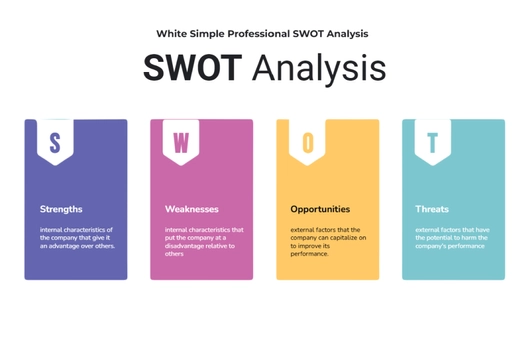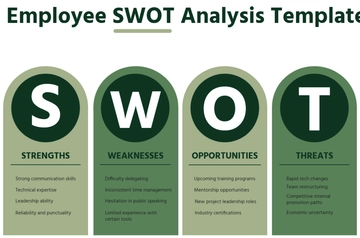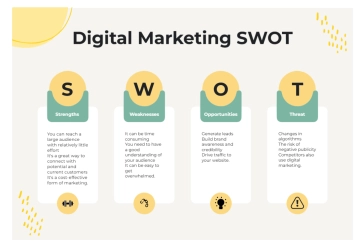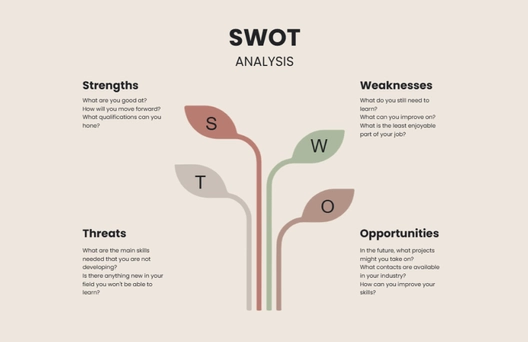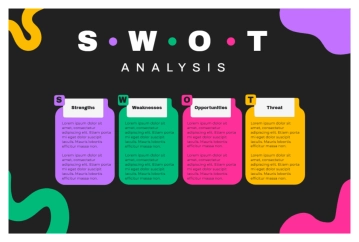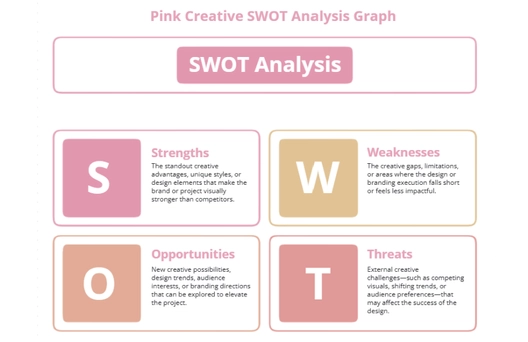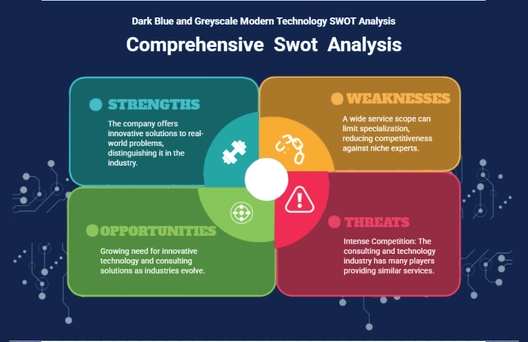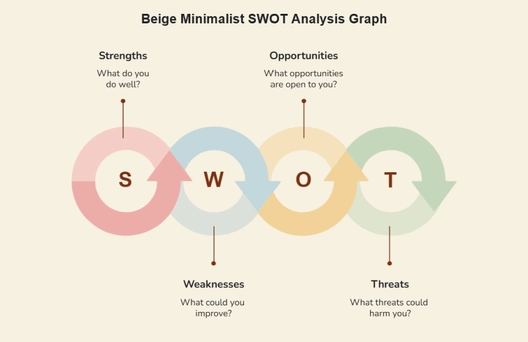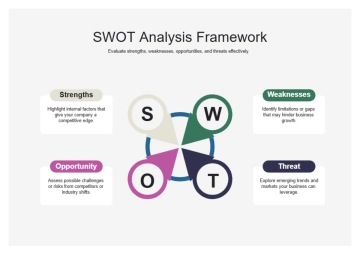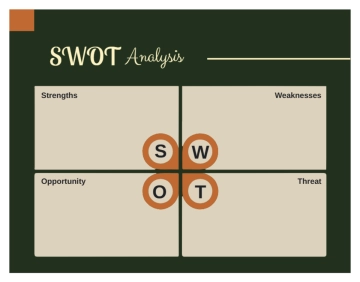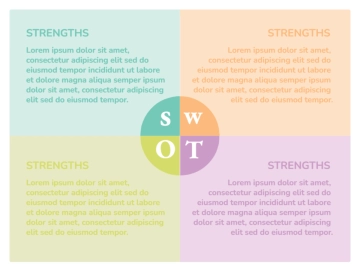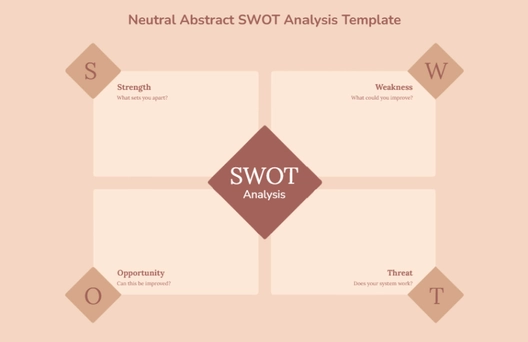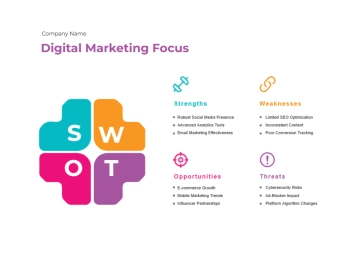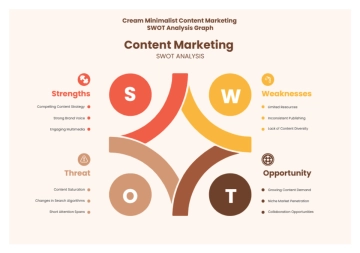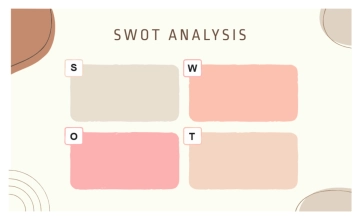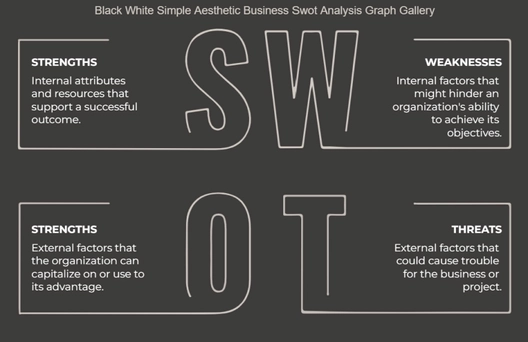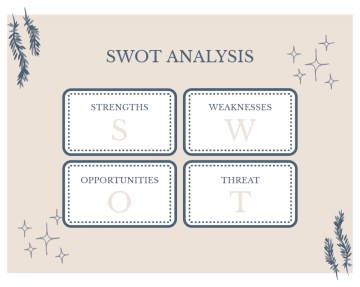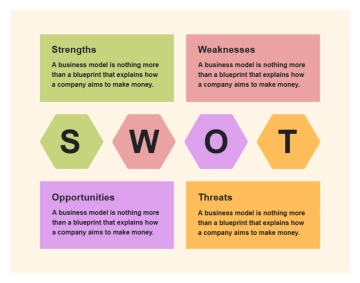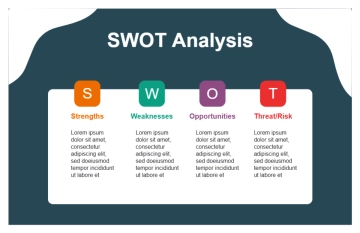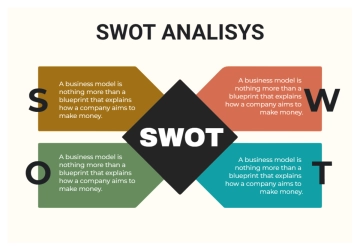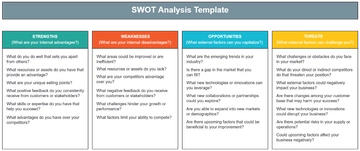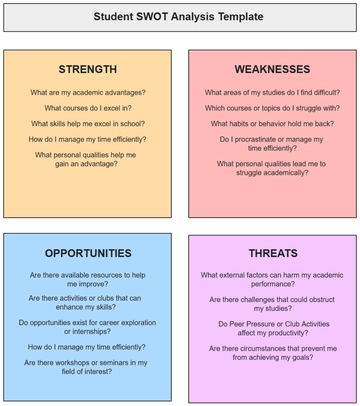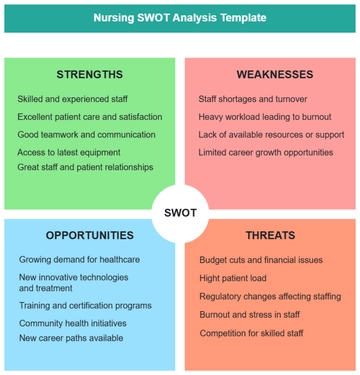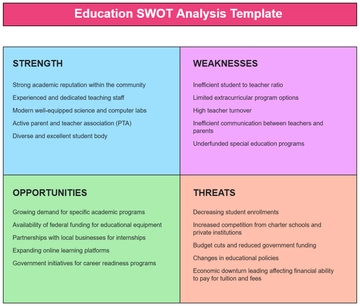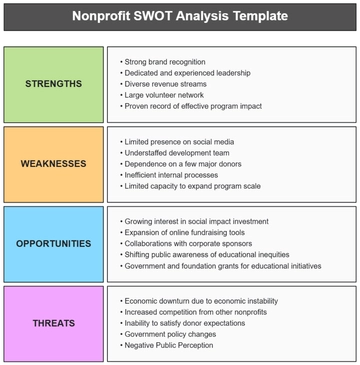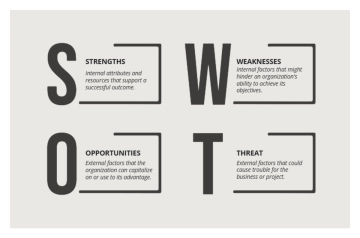Free Health & Safety Legal Compliance SWOT Analysis
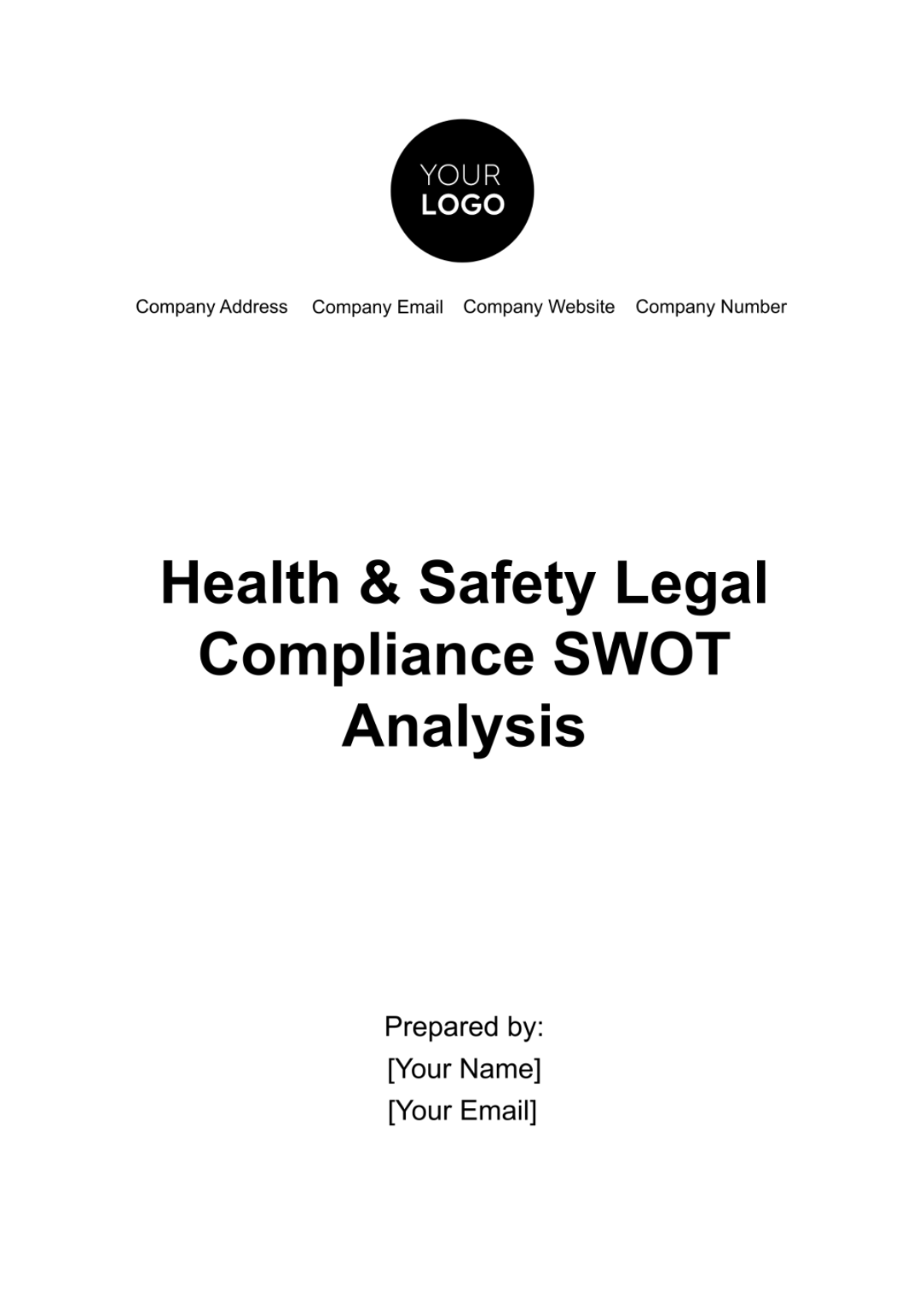
I. Introduction
A. Overview
In an era where organizational success is intertwined with robust health and safety practices, it becomes imperative to conduct a meticulous Health & Safety Legal Compliance SWOT Analysis. This analysis serves as a compass, guiding our organization through the intricate landscape of legal requirements, internal strengths, weaknesses, external opportunities, and threats.
The global business landscape is witnessing an unprecedented focus on health and safety, necessitating a proactive stance in our approach to compliance. This SWOT analysis endeavors to illuminate the intricacies of our current health and safety framework, navigating through the complex web of regulations, employee dynamics, and industry trends.
B. Objectives
1. Comprehensive Program Evaluation:
Undertake a thorough evaluation of our existing health and safety programs, dissecting each component to discern its efficacy and alignment with legal mandates.
2. Identification of Improvement Areas:
Scrutinize our internal mechanisms to pinpoint areas where enhancements can be made, not just to meet legal standards but to exceed them, fostering a culture of continuous improvement.
3. Strategic Development for Compliance:
Forge strategies that go beyond mere box-ticking, aligning our health and safety initiatives with broader organizational goals. The objective is not just to comply with the law but to integrate safety seamlessly into our operational DNA.
4. Holistic Performance Enhancement:
Aim for an all-encompassing approach, recognizing that the pursuit of health and safety excellence transcends compliance checkboxes. It involves fostering an environment where every member of the organization actively contributes to a safer workplace.
II. Internal Analysis (Strengths and Weaknesses)
A. Strengths
1. Regulatory Compliance
Our organization stands as a beacon of regulatory compliance, consistently surpassing industry benchmarks. Recent audits, inspections, and certifications affirm our unwavering commitment to not only meet but exceed health and safety regulations. By implementing proactive measures, we have established a track record that attests to our dedication to legal adherence.
2. Safety Culture
Our organization stands as a beacon of regulatory compliance, consistently surpassing industry benchmarks. Recent audits, inspections, and certifications affirm our unwavering commitment to not only meet but exceed health and safety regulations. By implementing proactive measures, we have established a track record that attests to our dedication to legal adherence.
3. Training Programs
Our commitment to employee safety is reflected in our comprehensive training programs. From onboarding to ongoing skill development, our training initiatives ensure that every employee is equipped with the knowledge and skills necessary for safe task execution. This commitment extends to periodic training updates, keeping our workforce abreast of the latest safety protocols.
4. Incident Reporting and Investigation
Our incident reporting and investigation processes exemplify a proactive stance toward safety. Rapid response and resolution characterize our approach, minimizing downtime and fostering a culture of continuous improvement. The trend analysis derived from incident data enables us to identify root causes systematically, preventing the recurrence of incidents.
5. Safety Policies and Procedures
Our incident reporting and investigation processes exemplify a proactive stance toward safety. Rapid response and resolution characterize our approach, minimizing downtime and fostering a culture of continuous improvement. The trend analysis derived from incident data enables us to identify root causes systematically, preventing the recurrence of incidents.
B. Weaknesses
1. Training Gaps
Despite our comprehensive training programs, identified gaps persist, particularly in areas such as [specific area]. Addressing these gaps requires a focused approach to ensure that each employee receives targeted training, with a special emphasis on new hires and those in high-risk roles.
2. Resource Constraints
While our commitment to safety is unwavering, resource constraints occasionally challenge our ability to maintain and update safety equipment and infrastructure. Allocating additional resources to address this limitation will be essential to fortify our safety measures.
3. Communication Breakdowns
Communication breakdowns, particularly between shifts and departments, hinder the seamless dissemination of safety information. Addressing this weakness necessitates the implementation of a comprehensive communication strategy, fostering collaboration and ensuring timely information flow.
4. Documentation and Record-Keeping
Inconsistent documentation practices pose a challenge in tracking and demonstrating compliance over time. Strengthening our record-keeping mechanisms will not only address this weakness but also contribute to a more transparent and accountable safety culture.
III. External Analysis (Opportunities and Threats)
A. Opportunities
1. Regulatory Changes
Anticipated changes in health and safety regulations present a strategic opportunity to proactively align our programs with evolving standards. By staying ahead of regulatory shifts, we can position ourselves as pioneers in compliance, setting a standard for the industry.
2. Technological Advancements
The rapid evolution of safety technology provides a unique opportunity to enhance our safety measures. Exploring and integrating cutting-edge technologies, such as [specific technology], will not only improve safety but also showcase our commitment to innovation.
3. Training Innovations
Innovations in training methodologies, including virtual reality simulations and e-learning platforms, offer an opportunity to revitalize and enhance our training programs. Investing in these technologies will contribute to a more engaging and effective training experience for our workforce.
4. Industry Best Practices
Benchmarking against industry leaders and adopting best practices offers a golden opportunity to elevate our safety standards. Collaboration with industry peers and participation in benchmarking studies will provide valuable insights into areas where we can excel further.
B. Threats
1. Regulatory Stringency
The potential for stricter regulations poses a significant threat, necessitating our constant vigilance. By establishing a dedicated regulatory compliance task force, we can monitor changes, assess their impact, and proactively update our protocols to maintain seamless adherence.
2. Emerging Risks
Identifying and mitigating emerging safety risks, such as [specific risk], is crucial to prevent incidents. Addressing this threat requires a focused effort to stay ahead of technological advancements and changes in operational processes.
3. Economic Constraints
Economic downturns or budget constraints may impact our ability to invest in necessary safety upgrades and initiatives. Strategic financial planning and advocacy for safety investments within the broader organizational budget are essential to counteract this threat.
4. Competitive Landscape
The competitive landscape, with evolving safety practices among industry peers, poses a constant threat. Continuous monitoring and adaptation to emerging industry trends will be key to maintaining our competitive edge and ensuring our safety practices remain industry-leading.
IV. Synthesis and Strategy Development
A. Integration
The synthesis of our internal strengths, weaknesses, external opportunities, and threats brings to light several key themes that underscore the critical interplay between our current health and safety landscape and the broader regulatory and technological environment.
1. Holistic Approach to Safety
Integration of our robust safety culture with innovative training methods can amplify our strengths and address internal weaknesses simultaneously. A holistic approach ensures that safety is not just a regulatory checkbox but an ingrained aspect of our organizational fabric.
2. Technology as a Catalyst
The integration of advanced safety technologies is a common thread that can fortify our internal strengths and mitigate identified weaknesses. Leveraging technologies, such as [specific technologies], not only aligns with regulatory expectations but also positions us as frontrunners in technological safety innovation.
3. Proactive Regulatory Engagement
The potential for regulatory changes presents an opportunity to proactively engage with evolving standards. Establishing a dedicated regulatory compliance task force allows us not only to address potential threats but also to shape our safety practices to exceed emerging regulatory requirements.
B. Strategy Development
1. Strengthen Communication
a. Objective:
Enhance communication channels to bridge gaps between shifts and departments, ensuring timely dissemination of safety information.
b. Strategies:
Implement a cross-functional communication task force to identify and address communication breakdown points.
Introduce regular safety briefings and updates to ensure consistent information flow.
Utilize digital platforms for real-time communication, fostering a collaborative safety culture.
2. Training Enhancement
a. Objective:
Invest in innovative training methods and close identified training gaps to enhance employee preparedness.
b. Strategies:
Conduct a comprehensive training needs analysis to identify specific gaps and opportunities.
Introduce interactive and scenario-based training modules, including virtual reality simulations.
Establish a continuous improvement loop for training programs, incorporating feedback and industry best practices.
3. Regulatory Preparedness
a. Objective:
Establish a regulatory compliance task force to monitor changes, assess their impact, and proactively update safety protocols.
b. Strategies:
Form a multidisciplinary task force comprising legal, compliance, and safety experts.
Conduct regular reviews of existing protocols in anticipation of regulatory changes.
Develop a roadmap for the swift implementation of necessary updates to ensure ongoing compliance.
4. Technology Integration
a. Objective:
Explore and integrate advanced safety technologies to monitor and mitigate emerging risks, enhancing our overall safety infrastructure.
b. Strategies:
Conduct a comprehensive assessment of available safety technologies and their applicability.
Pilot selected technologies in high-risk areas and assess their effectiveness.
Roll out full-scale implementation based on the results of successful pilot programs.
V. Conclusion
A. Summary
In summary, this Health & Safety Legal Compliance SWOT Analysis serves as a compass, guiding our organization through the intricate landscape of legal requirements, internal strengths, weaknesses, external opportunities, and threats. By synthesizing these elements and developing targeted strategies, we position ourselves not only to comply with regulations but to surpass them, fostering a culture of continuous improvement and safety excellence.
B. Recommendations
The successful implementation of the outlined strategies is paramount to maintaining and elevating our health and safety legal compliance. Ongoing monitoring, adaptability to changing conditions, and a commitment to the well-being of our workforce will be key to our sustained success. As we embark on this journey, let us remain steadfast in our commitment to safety, not just as a regulatory obligation but as a core value that defines our organizational ethos.
- 100% Customizable, free editor
- Access 1 Million+ Templates, photo’s & graphics
- Download or share as a template
- Click and replace photos, graphics, text, backgrounds
- Resize, crop, AI write & more
- Access advanced editor
Explore Template.net's Health & Safety Legal Compliance SWOT Analysis Template. Fully editable and customizable, this tool enables comprehensive assessment of strengths, weaknesses, opportunities, and threats in legal compliance. Utilize our intuitive Ai Editor Tool to tailor your analysis, ensuring meticulous evaluation and strategic planning for legal compliance in health and safety protocols.
